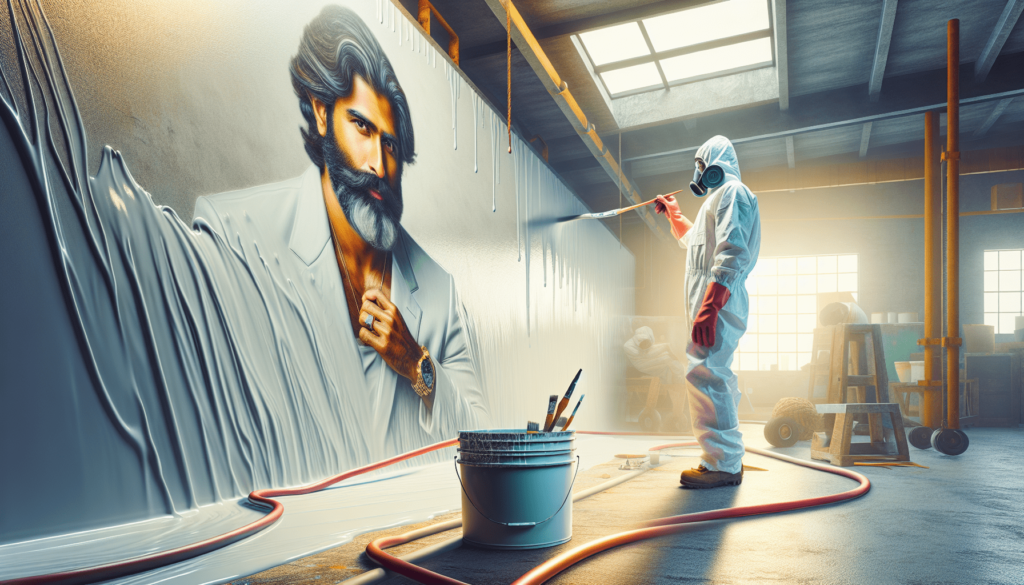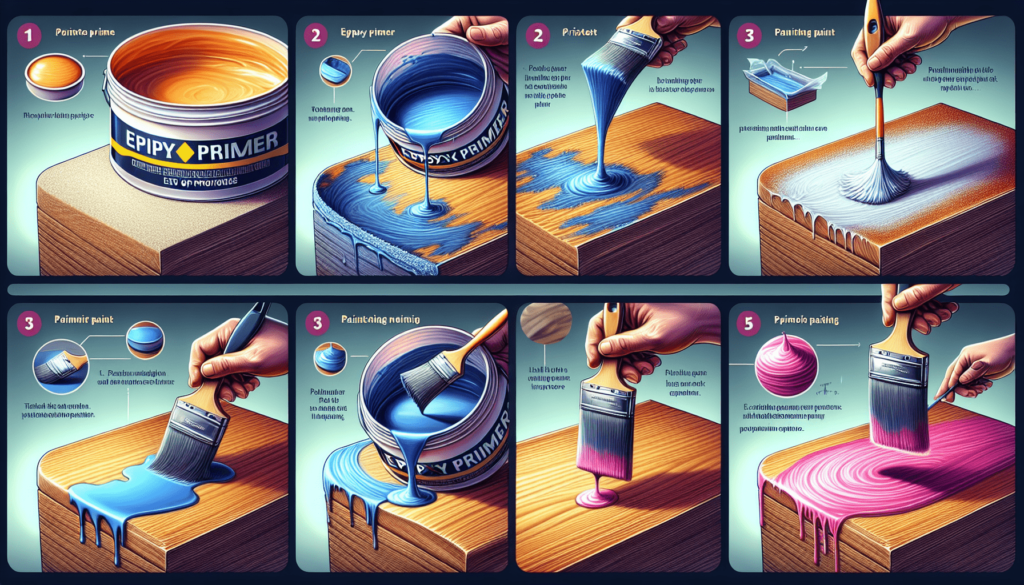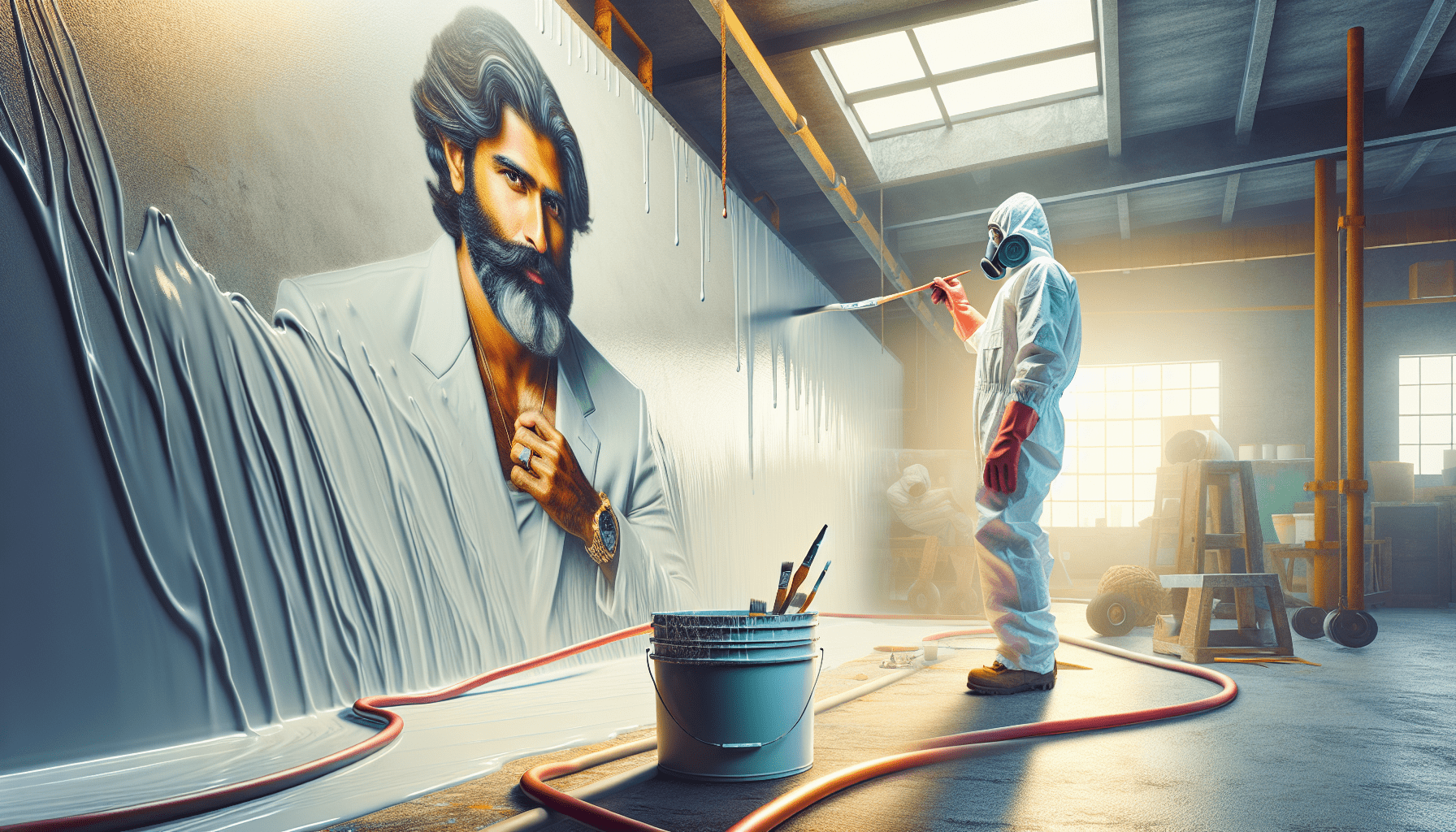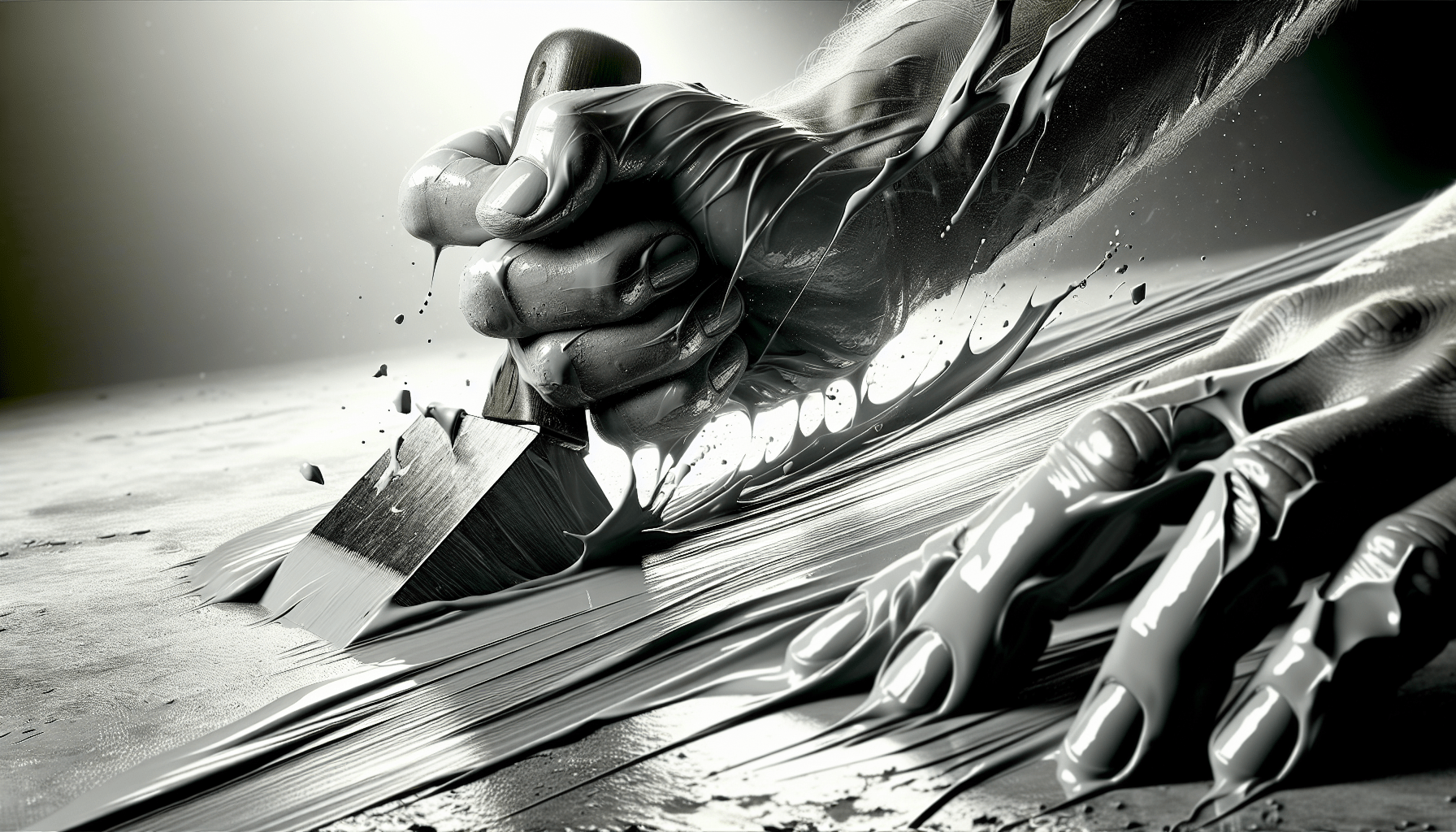When it comes to painting over epoxy primer, timing is crucial. The question on everyone’s mind is, “how soon can you paint over epoxy primer?” In this article, we will explore the ideal time frame for painting over epoxy primer, considering factors such as drying time, environmental conditions, and the specific type of epoxy primer used. Understanding the necessary waiting period will ensure a successful and long-lasting paint job, saving you valuable time and resources in the process.

Factors to Consider
When it comes to painting over epoxy primer, there are several factors that you need to consider to ensure proper application and a successful end result. These factors include the curing time of the epoxy primer, the environmental conditions in which you are working, and the surface preparation prior to painting.
Curing Time of Epoxy Primer
Understanding the curing time of epoxy primer is crucial in determining when it is safe to apply paint over it. The curing process refers to the time it takes for the epoxy primer to fully dry and harden. This process can vary depending on the type of epoxy primer you are using and the specific manufacturer’s recommendations, so it is important to follow their guidelines.
Understanding the Curing Process
Epoxy primer typically consists of two components that react with each other when mixed and applied to a surface. As this reaction takes place, the epoxy primer goes through a curing process where it transforms from a liquid state to a solid one. This curing process can take several hours or even days, depending on the epoxy primer formula and the environmental conditions.
Manufacturer Recommendations
To determine the exact curing time of your epoxy primer, it is essential to consult the manufacturer’s recommendations. These guidelines are usually provided on the packaging or in the product information sheet. The manufacturer will specify the recommended curing time and any specific conditions that need to be met for optimal results. It is crucial to adhere to these recommendations to ensure the epoxy primer has fully cured before proceeding with painting.
Environmental Conditions
The environmental conditions in which you are working can significantly impact the curing time and overall performance of the epoxy primer. Temperature, humidity, and ventilation all play a role in the curing process and should be taken into consideration before applying paint over the primer.
Temperature and Humidity
Both temperature and humidity can affect the curing time and quality of the epoxy primer. Ideally, the temperature should be within a specific range specified by the manufacturer. If the temperature is too low, the curing process may be slowed, leading to a longer wait time before painting. On the other hand, high temperatures can accelerate the curing process, potentially causing the epoxy primer to dry too quickly. Similarly, high humidity levels can interfere with the curing process and lead to inadequate adhesion. It is essential to choose an appropriate painting day with optimal temperature and humidity levels.
Ventilation
Proper ventilation is necessary when working with epoxy primer. The evaporation of solvents and the release of volatile organic compounds (VOCs) during the curing process can create a harmful and unpleasant environment. Good ventilation helps to remove these fumes and promote a healthier workspace. Adequate airflow also aids in the proper curing of the epoxy primer, as it allows moisture to evaporate efficiently, decreasing the chances of surface defects or adhesion issues.
Surface Preparation
Surface preparation is a critical step in any painting project, especially when it comes to applying paint over epoxy primer. Properly preparing the surface ensures good adhesion, durability, and a smooth finish.
Cleaning the Surface
Before applying epoxy primer, the surface must be thoroughly cleaned to remove any dirt, dust, grease, or other contaminants. This can be done using a mild detergent, degreaser, or specially formulated surface cleaner. It is essential to follow the manufacturer’s instructions for proper cleaning techniques and rinse the surface thoroughly to remove any residue. A clean surface will allow the epoxy primer to adhere properly and promote a successful paint application.
Sanding or Scuffing
In addition to cleaning, sanding or scuffing the surface can improve adhesion between the epoxy primer and the substrate. This process helps to remove any existing coatings or roughens the surface, providing a better surface for the primer to bond with. Using sandpaper or a sanding block, gently roughen up the surface, being careful not to overdo it or create excessive scratches. The manufacturer may provide specific guidelines on the recommended sanding or scuffing methods, so it is advisable to follow their instructions.

Testing for Readiness
Once the epoxy primer has cured and the surface has been properly prepared, it is crucial to test for readiness before proceeding with painting. Two common tests that can be used to determine if the epoxy primer is ready for painting are the thumb-check test and the tape test.
Thumb-Check Test
The thumb-check test involves lightly pressing your thumb against the surface of the epoxy primer and then releasing it. If the primer is fully cured and ready for painting, your thumb should not leave a mark or indent on the surface. However, if the primer is still soft or sticky, it has not fully cured, and additional time should be allowed before painting.
Tape Test
The tape test is another method to check the readiness of the epoxy primer. Take a piece of masking tape or painter’s tape and firmly press it against the cured primer surface. Then, quickly and forcefully peel off the tape. If the primer stays firmly adhered to the surface without any peeling or flaking, it is ready for painting. However, if the primer comes off with the tape, it indicates inadequate adhesion and further curing time is necessary before proceeding with paint application.
Painting over Epoxy Primer
Once the epoxy primer has fully cured and passed the readiness tests, you can proceed with painting. However, it is crucial to consider the ideal wait time and the compatibility between the epoxy primer and the paint you intend to use.
Ideal Wait Time
While epoxy primer may be ready for paint application after the curing process, it is often recommended to wait for a specific period of time before painting. The manufacturer’s recommendations will provide insight into the ideal wait time and factors that may influence the timeline. Waiting for this recommended period allows for complete cross-linking of the epoxy primer, resulting in better adhesion and a smoother surface for the paint.
Compatibility with Paints
Before painting over epoxy primer, ensure that the chosen paint is compatible with the primer. Some epoxy primers may be specifically designed for certain types of paints, while others may have broader compatibility. Review the manufacturer’s instructions or consult with a paint professional to determine the best paint to use over the cured epoxy primer. Using a compatible paint will ensure a proper bond and long-lasting finish.
Special Considerations
In addition to the factors mentioned above, there are a few special considerations to keep in mind when painting over epoxy primer.
Topcoating Window
Epoxy primer has a limited topcoating window, which refers to the time frame in which a paint can be applied over the primer. The topcoating window varies depending on the type and brand of epoxy primer, so it is important to follow the manufacturer’s guidelines to ensure that the epoxy primer has not exceeded its topcoating window. Applying paint outside of this window may result in poor adhesion or other paint defects.
Epoxy Primer Thickness
The thickness of the epoxy primer can also impact the painting process. Applying the epoxy primer too thickly can extend the curing time, requiring a longer wait before painting. On the other hand, applying the primer too thinly may not provide adequate coverage or adhesion for the paint. It is crucial to follow the manufacturer’s recommended thickness guidelines to achieve optimal results.
In conclusion, painting over epoxy primer requires careful consideration of factors such as curing time, environmental conditions, and surface preparation. By following manufacturer recommendations, ensuring proper curing, and conducting readiness tests, you can achieve a successful paint application over epoxy primer. Remember to consider the ideal wait time and compatibility with paints, and keep special considerations in mind to avoid any issues during the painting process. With proper planning and execution, you can achieve a beautiful, durable finish that will stand the test of time.


